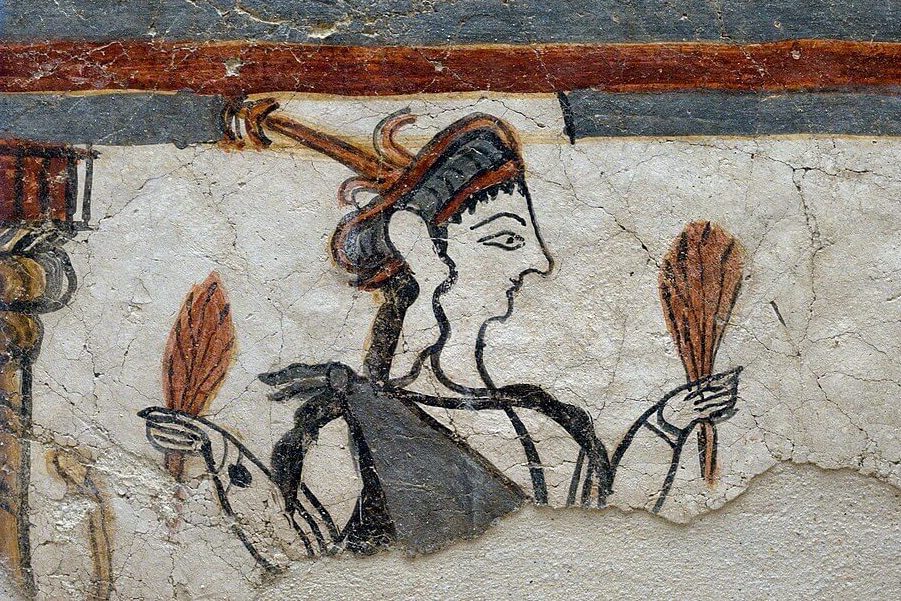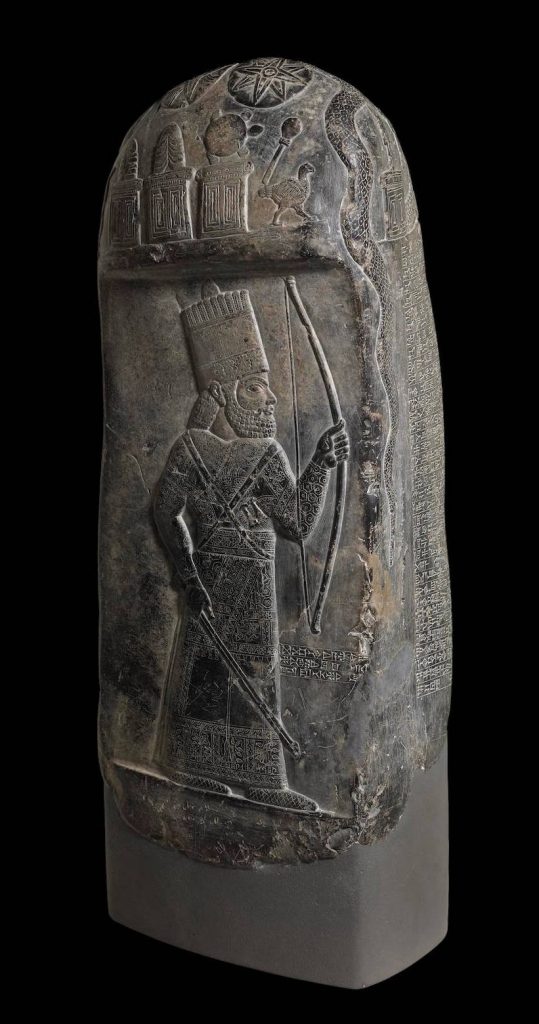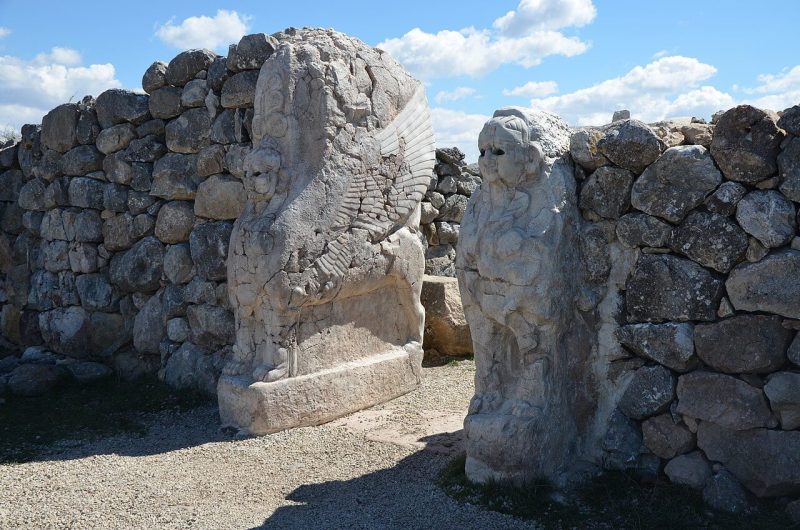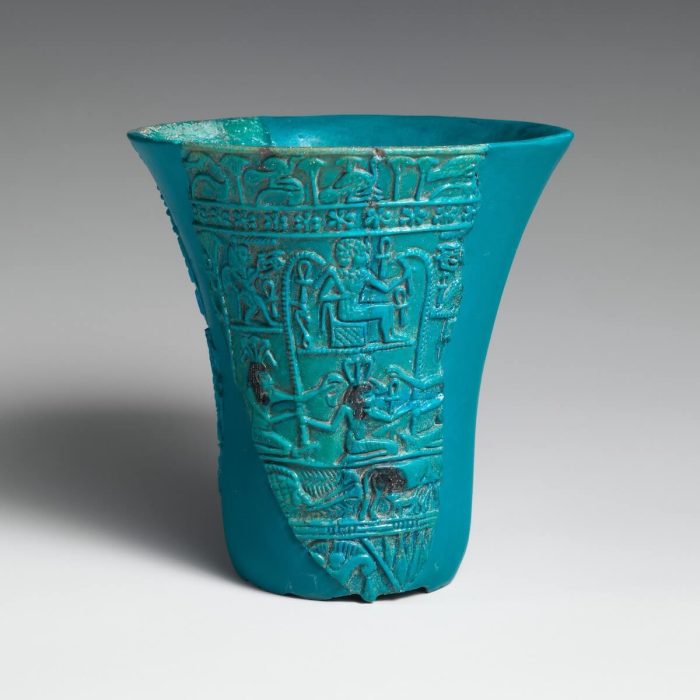
Not a Friend of ASOR yet? Sign up here to receive ANE Today in your inbox weekly!

April 2024
Vol. 12, No. 4
Resilience and Rebirth: Lessons Learned from the Aftermath of the Late Bronze Age Collapse
By Eric H. Cline
Some thirty years ago, the respected sociologist Shmuel Eisenstadt said bluntly that “ancient states and civilizations do not collapse at all, if by collapse is meant the complete end of those political systems and their accompanying civilizational frameworks.” I would take issue with his declaration, for in fact that is exactly what happened to both the Mycenaeans and the Hittites at the end of the Bronze Age. Even if vestiges did remain, as in the case of the Neo-Hittites, and even if there is still some continuity into the next period, as was the case (for example) in Greece with the names of the gods, the Bronze Age Collapse certainly did see the complete end of the political systems and accompanying civilizational framework for both the Hittites and the Mycenaeans.
Fresco from Room 31 at Mycenae, depicting a goddess or a priestess. ca. 1250 BCE. While some societies endured or adapted following the Bronze Age Collapse, the Mycenaeans weren’t one of them. Photo by Zde via Wikimedia Commons. CC-By-SA 4.0.
However, Eisenstadt then went on to say, “Collapse, far from being an anomaly … presents in dramatic form not the end of social institutions, but almost always the beginning of new ones.” This sentiment I am more inclined to agree with, though I would rephrase it as “Collapse can involve both the end of old social institutions and the beginning of new ones.”
While it is clear by now that the Late Bronze Age Collapse was complicated, it is just as obvious that the rebirth during the Early Iron Age was even more complicated; blanket, sweeping statements simply don’t work. And to claim, as some have done, that there was no collapse, but only transformation or transition, is not only insufficient but may even be harmful to a degree, as using only the latter bland and desensitized terms runs the risk of whitewashing or minimizing the human element in all of this, especially in terms of the suffering and misery that may have impacted many during that time.
In my new book, After 1177 BC: The Survival of Civilizations, I come to the conclusion that there is no doubt that the way of life as it existed from the fifteenth through the thirteenth centuries came to an end shortly after 1200 BC. There is no arguing against that as a whole. But I also conclude that each area was affected differently; that each fell at a slightly different time, albeit still during the same general period; and that each took a different trajectory toward recovery.
Of the eight different societies which I examine, each had a separate road back to success (or not). There was resilience on the part of some, like the Assyrians and Babylonians. There was transformation on the part of others, like the Cypriots and the Phoenicians.
Hattusa (modern Bogazkoy), capital of the Hittite empire, was abandoned in the 12th century BCE. Although we can see some cultural continuity in the Neo-Hittite city-states, the Hittite Empire came to an end following the late Bronze Age Collapse. Photo by Carole Raddato. CC-By-SA 2.0.
There was also almost complete collapse, like the Hittites and the Mycenaeans. I would therefore suggest, as others have previously, that the transition between the Bronze Age and the Iron Age in the Aegean and Eastern Mediterranean was both a time of collapse and a time of adaptation and/or transformation, depending on where one looks in the region. It was both alpha and omega (or rather, omega followed by alpha), to put it in terms of the Adaptive Cycle.
But does any of this hold lessons for us today? Is there anything to be learned from the overall dramatic story of resurgence and revival of the globalized Mediterranean network just four centuries after the Late Bronze Age Collapse? And is there an easy answer for what to do if our own society/civilization collapses?
About a decade ago, a report issued in 2012 by the IPCC (the Intergovernmental Panel on Climate Change) concluded, “The potential for concatenated global impacts of extreme events continues to grow as the world’s economy becomes more interconnected.” It seems appropriate to quote that here, for I would submit that our societal vulnerabilities and fragilities were suddenly exposed when COVID-19 first exploded worldwide in 2020 and then again when problems involving the global supply chain subsequently developed during the latter part of 2021.
I am not exaggerating when I say that it has really felt to me on occasion as if we are on the brink of societal collapse ourselves, “coming soon to an area near you,” as they say in the movies. When will it happen? What will be our tipping point? I cannot say for certain, obviously, but I strongly suspect that it is a matter of sooner rather than later — a question of when, not if — and that we will need to utilize for ourselves the lessons learned from those who survived a societal collapse more than three thousand years ago, including how to transform rather than simply cope or adapt and to embrace new innovations and inventions as needed.
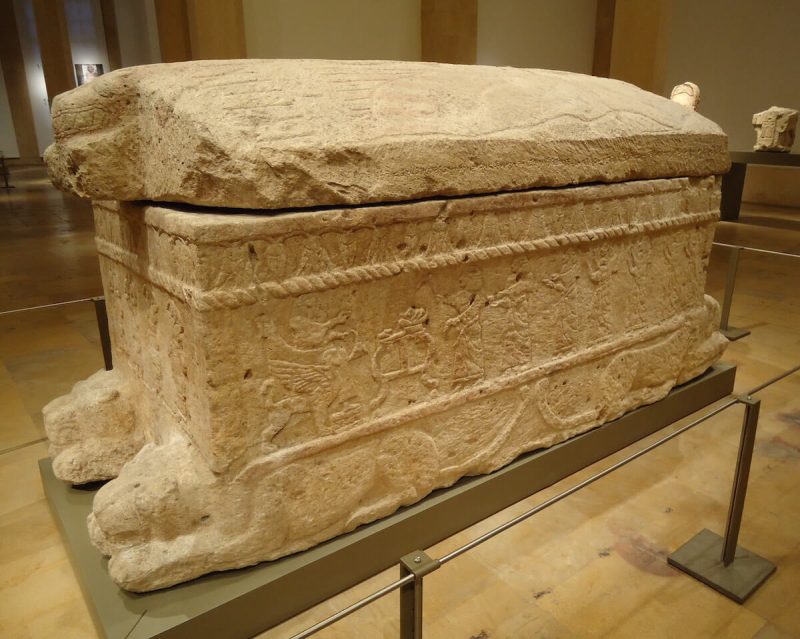
The sarcophagus of Ahiram, king of Byblos, ca. 1000 BCE. The Phoenician city-states transformed and eventually thrived in the wake of the collapse or retraction of the major Late Bronze Age Kingdoms. Photo by S.R. Martin.
There are certainly lessons to be learned, but unfortunately there is no easy answer for what to do, for this also ultimately depends on the stressors or drivers that might be involved. Regardless, logic dictates that one should have multiple contingency plans in place, so that if the primary systems of administration, trade, agricultural production, or banking fail, there is a secondary, or even a tertiary, system that could be implemented without undue delay in each case. In short, we need to have enough redundant systems to fall back on if the primary ones fail. We also need to be resilient enough to withstand whatever blows may come; self-sufficient enough to remain standing even if/when our trading partners fall; innovative enough to adapt or transform as necessary; and strong enough to withstand any enemy invasions or attacks even while we are already reeling. But all of those are common-sense recommendations that others would probably suggest even without having studied what happened in the aftermath of the Late Bronze Age Collapse.
The main takeaway from all of this is that clearly such a collapse is survivable, provided that we are resilient enough and able to cope, adapt, or transform as necessary. Societal collapse doesn’t always take everyone with it, and often cultures continue, even if at a simpler level or perhaps in a new iteration. And even for those who are hit hardest, there is often a period of regeneration after the worst of times that leads to the resumption of life, prosperity, and happiness (as the ancient Egyptians would say).
Lotus cup with relief decoration depicting a youthful king enthroned in the marshes, reborn as a child of the sun god, 3rd Intermediate Period (ca 1070 – 664 B.C.). Following the collapse of the 20th Dynasty, royal imagery evolved and appeared more widely in decorative arts. Images such as the divine infant, the rising sun, or the lotus blossom communicated the idea of rebirth and rejuvenation. Photo: Metropolitan Museum of Art.
Thus, if our own globalized civilization comes to an end, how we deal with it will depend on how total the collapse is and how well we have prepared for it in advance. Let us hope that it does not come to that, but instead remember the words of John Wooden, the longtime coach of the UCLA Bruins basketball team (and possibly Benjamin Franklin before him): “By failing to prepare, you are preparing to fail.”
For those who are looking despairingly into the current abyss of global warming, endless violence, resource shortages, drought, and pollution, there may be some reassurance in knowing that if we develop the right resilience strategies, we may be able to minimize the damage as well as speed up the recovery following a societal collapse. At the very least, we can hope that there will be someone left to pick up the pieces and carry on.
Eric H. Cline is Professor of Classical and Ancient Near Eastern Studies and of Anthropology at The George Washington University.
This excerpt is based on the final conclusions from After 1177 BC: The Survival of Civilizations; for specific footnotes and references, the reader is directed to the material contained therein.
Want To Learn More?
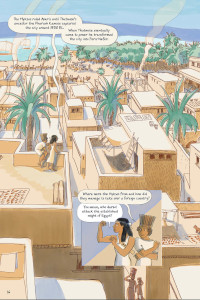
From Words into Pictures: Adapting 1177 BC for Comics
By Glynnis Fawkes
How do you recreate the complex story of the Bronze Age collapse in comic book form? Illustrator Glynnis Fawkes lays it out for us. Read More
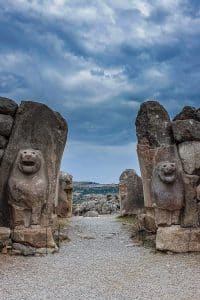
ANE Today Extra: Tree Rings, Drought, and the Collapse of the Hittite Empire
By Eric H. Cline
The recent Nature study about drought and the fall of the Hittite Empire doesn’t just make for good headlines, it adds to our knowledge about the Late Bronze Age Collapse in fresh ways. Read More
